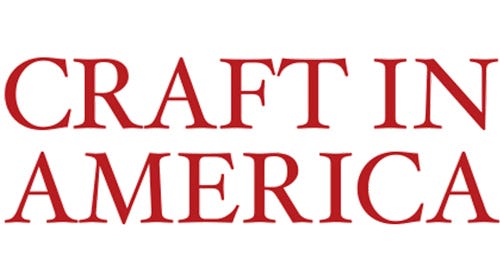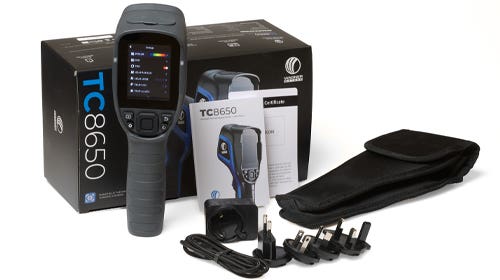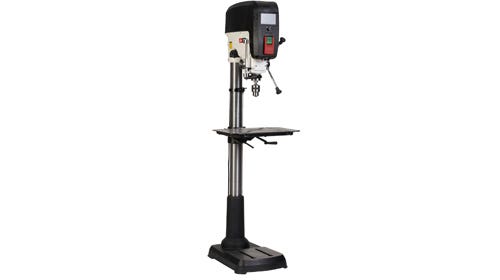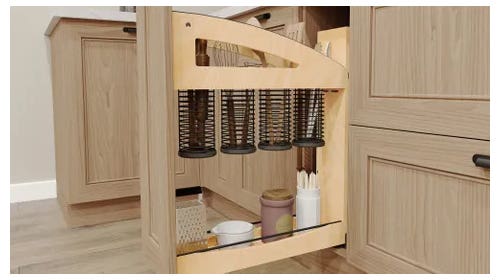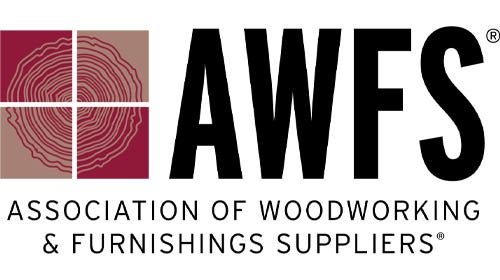White oak sales buck economic trends
Sales of white oak (Quercus alba) continue to be fairly strong for solid stock, veneer and sheet goods, according to hardwood dealers interviewed by Woodshop News. David Harris, owner of…
Sales of white oak (Quercus alba) continue to be fairly strong for solid stock, veneer and sheet goods, according to hardwood dealers interviewed by Woodshop News.
David Harris, owner of Parkerville Wood Products in Manchester, Conn., says there’s been increased demand for quarter- and rift-sawn white oak from custom shops and architectural millwork firms, expanding the market usually dominated by boatbuilders and flooring manufacturers.
“For us, it’s a hot item. We sell a lot of it. In addition to stocking and selling 50 species of lumber here, we manufacture high-end custom millwork and we do a lot with white oak. It’s always been big in the marine industry, but I think the trend is that more people are using it for furniture and millwork. We’re currently using it to make a door for Trinity College in Hartford,” says Harris.
A majority of Parkerville’s white oak sales are for plain or flat-sawn stock, but quartersawn, which often produces bright flake patterns that are sometimes referred to as butterfly or tiger ray, is becoming more desirable for furniture production, according to Harris.
“The plain cut is not particularly popular in the furniture and cabinetry world — with us, it’s mainly sold to boat industry professionals,” says Josh Furbish of Maine Coast Lumber in York, Maine. “The quartersawn and the rift-sawn are much more popular with a lot of the furniture guys who deal with oak. The quartersawn is generally more stable and has a much better look than the plain cut.”
White oak grows from eastern Canada, south to Florida and Texas and throughout the Midwest. The tree reaches heights of up to 120’ with a trunk diameter of 2’ to 3’. The narrow sapwood is white to light-brown in color, while the heartwood ranges from light- to dark-brown. White oak has a course texture, is usually straight-grained, heavy, strong and durable, and has a specific gravity of .60. Generally, the wood is easy to work with. It dries fairly slowly and can occasionally check or crack.
“I’d say that as far as hardness goes, it’s a little harder than average, but it machines very well, providing you’re using carbide tooling,” says Harris.
“Some people want it for flooring because it’s harder than the red oak, so it’s not as likely to dent or scratch,” says John Sliney of Vienna Hardwoods in Vienna, Va. “Some people are using it for outdoor furniture, like Adirondack chairs, because it’s relatively rot-resistant. I’ve seen a slight increase in demand for buying it for outdoor furniture because they might use cedar or cypress. But some people prefer white oak because it’s stronger and it makes the furniture a little bit stronger.
White oak veneer sales have been strong for the last two years, according to Peter Rodgers, owner of Oakwood Veneer Co. in Berkley, Mich.
“Rift-sawn white oak is the most popular oak veneer. It has a straight-grain pinstripe look that is quite nice and that’s hard to get in hardwood. It looks more modern and up to date,” he says.
White oak veneer is often specified for boat interiors, residential cabinetry and hotels, adds Rodgers.
Sam Talarico, owner of Talarico Hardwoods in Mohnton, Pa., says that after 42 years in the business, he has never experienced a slump in white oak sales.
“It’s probably the most utilitarian wood on Earth because it’s used for everything — for barrels for winemaking, to timbers for bridges, for hardwood flooring and furniture. You will find more white oak paneling, floors and cabinetry in old homes and government buildings than any other species. The two most commonly used woods are mahogany and quartersawn white oak.”
Talarico says the versatile properties and characteristics of the species are what make it so popular.
“First of all, it’s waterproof and it lasts for a long time outdoors. It’s also strong and it bends well. It’s also used for furniture. Quartersawn white oak was really special to the Arts and Crafts movement.”
Talarico specializes in selling old-growth white oak, which he says is like a different species compared to fast-grown, production-cut lumber. He describes the former as being warm in color, soft in texture, light in weight and easy to work with, whereas the latter is lighter in color, yellowish, very heavy and difficult to work with.
“Nowadays, in the U.S., they have overcut the hardwoods. White oak does not grow fast and you cannot replenish it like a plantation timber. With the economy the way it is, a lot of sawmills have gone out of business. Those left aren’t cutting the white oak because it’s a valuable timber and the market is down on most hardwoods.”
He says about 90 percent of his logs come from Europe, including Germany, Scotland, England and France.
Retail prices for kiln-dried, 4/4 FAS flat-sawn white oak, surfaced on two sides, ranged from $3.25 to $4.48/bf nationally. Quartersawn 4/4 stock is in the $6 to $8/bf range. Domestic old-growth white oak fetches $12 to $25/bf, while European white oak was quoted from $25 to $45/bf.
This article originally appeared in the August 2011 issue.


